Crafting the Perfect RPG Inventory: A Guide to Balance and Fun
9 February 2025
If you’ve ever delved into the magical realms of role-playing games (RPGs), you know that inventory systems are a double-edged sword. On one side, they’re the treasure chest of adventure—filled with potions, weapons, rare artifacts, and just enough cheese wheels to feed a small army. On the flip side? They can quickly become a chaotic mess—or worse, a tedious micromanagement nightmare.
So, how do we strike that perfect balance? How do we make RPG inventories fun and functional without frustrating players? Whether you're a game developer, a tabletop dungeon master, or just someone who loves to nerd out over clever game design, stick around. We’re going to dive deep into the art of crafting the perfect RPG inventory.
Why RPG Inventories Matter More Than You Think
At first glance, inventories might not seem like a big deal. They’re just a place to stash your loot, right? Wrong. A well-designed inventory can enhance engagement, deepen immersion, and even shape the way players interact with the game world.Think about it: in many RPGs, the inventory is a player’s lifeline. It’s where they organize gear for battle, manage resources for survival, and keep track of items for quests. A creatively designed inventory system can even tell a story. (Ever noticed how many RPGs give you a “mysterious key” early on that you won’t figure out how to use until 30 hours later?)
But when inventories go bad? Oof. Ever tried scrolling through hundreds of identical healing potions trying to find the one rare item you actually need? Yeah, that’s not fun. 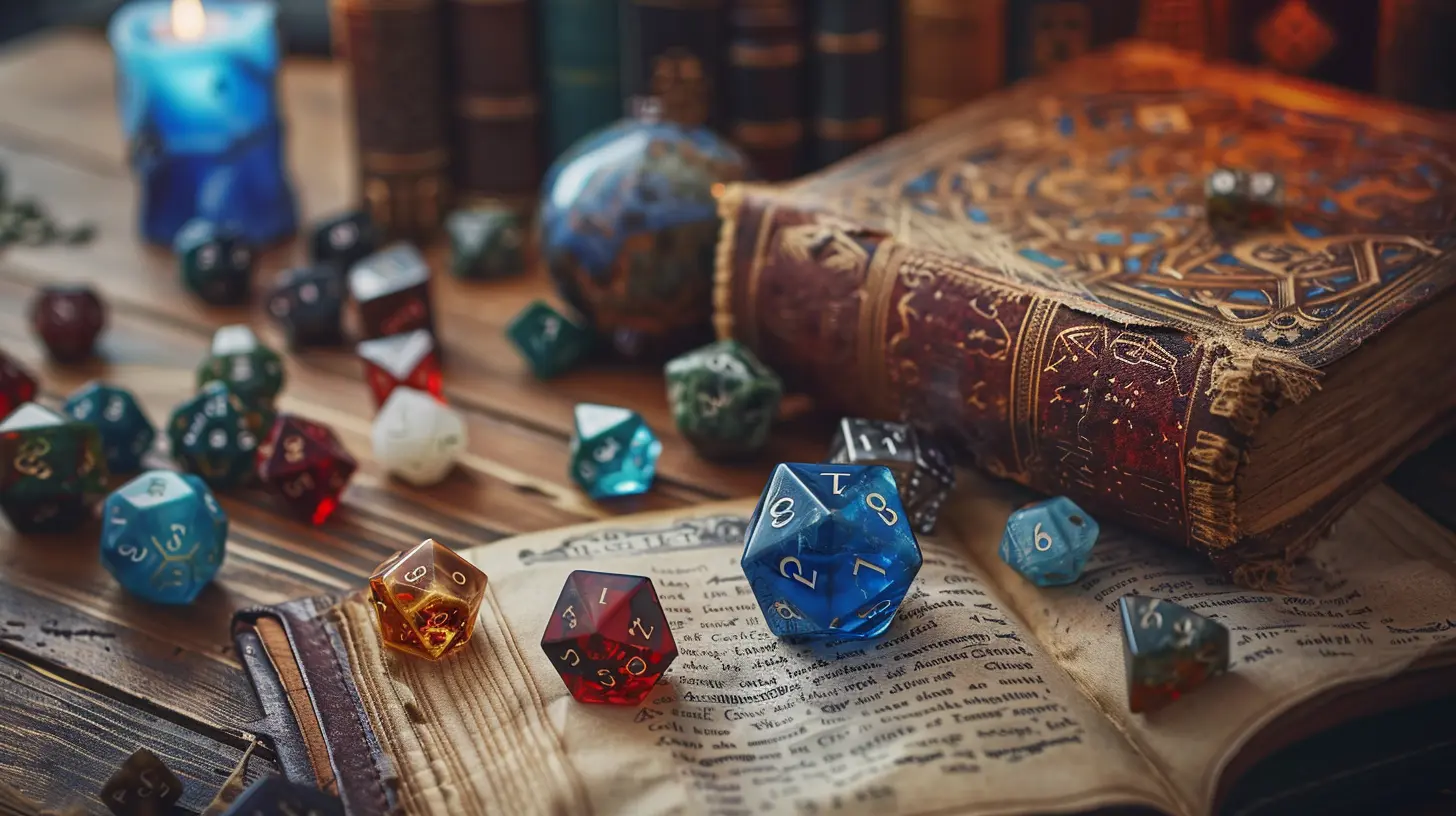
The Core Elements of a Great RPG Inventory
Designing the perfect inventory system isn’t rocket science, but it does require hitting the sweet spot between functionality and narrative. Here are the key ingredients for success:1. Intuitive Organization
Nobody likes a messy inventory. If players have to spend more time digging through their bag than slaying dragons, something’s wrong. A solid inventory system should:- Auto-sort items into categories like Weapons, Armor, Consumables, and Quest Items.
- Allow manual sorting, because hey, sometimes players like things their way.
- Use intuitive icons and visual cues to make navigation easy.
Think of it like packing for a trip. You wouldn’t just toss a sword in with your potions, would you? (Unless you enjoy unexpected potion explosions.)
2. Space vs. Freedom: The Weight Dilemma
Ah, the classic inventory restriction—limited space or limited weight. It’s a hot topic in the RPG community. Some players love the realism of having to manage weight, while others hate being told they can’t carry 50 greatswords "because physics."What’s the solution? Balance.
- Consider hybrid systems that have both weight and space restrictions but in moderation.
- Offer upgradable inventory capacity as a progression mechanic. Finding a magical "Bag of Holding" or upgrading your backpack feels rewarding without being punishing.
- Don’t forget to add some humor—like Skyrim’s infamous cabbage hoarders. Who doesn’t love a bit of comedy in their inventory struggles?
3. Engaging Inventory Management
Why should inventory management always feel like a chore? Why not make it part of the gameplay?Consider introducing features like:
- Crafting systems that let players combine items directly from their inventory.
- Quick-access hotbars for frequently used items.
- Unique item interactions—imagine discovering that mixing two mundane potions creates a new, super-rare elixir. (Chemistry class, but make it fun.)
Making inventory management engaging transforms it from a “necessary evil” into an integral part of the RPG experience.
4. Immersion and Storytelling
Inventories don’t have to just be... inventories. They can be part of the story, an extension of the game world.For example:
- In survival RPGs, your inventory can reflect the environment—rusty weapons in an apocalypse, mystical trinkets in a fantasy world.
- Add a bit of flavor text or backstory to key items. A rusty dagger isn’t just a rusty dagger; it’s "a blade used by a forgotten guard to protect a doomed castle."
- Make certain items multi-purpose. That rope in your bag? It’s not just for scaling walls—it’s also a makeshift weapon if the going gets tough.
When done right, your inventory isn’t just a bag of stuff. It’s a diary of your journey.
5. Accessibility and Streamlining
Let’s be real for a second: nobody wants to spend an hour scrolling through menus. Simplicity goes a long way.Here are some game-changing tips:
- Search bars: Just let players find that weird "Amulet of Fire Resistance" in two seconds. Please.
- Favorites: Tagging key items for quicker access saves time and prevents frustration.
- Auto-sort options: Whether it’s by value, weight, or rarity, give players the power to organize in seconds.
Basically, don’t let your inventory system be the reason someone rage-quits. Accessibility should always come first.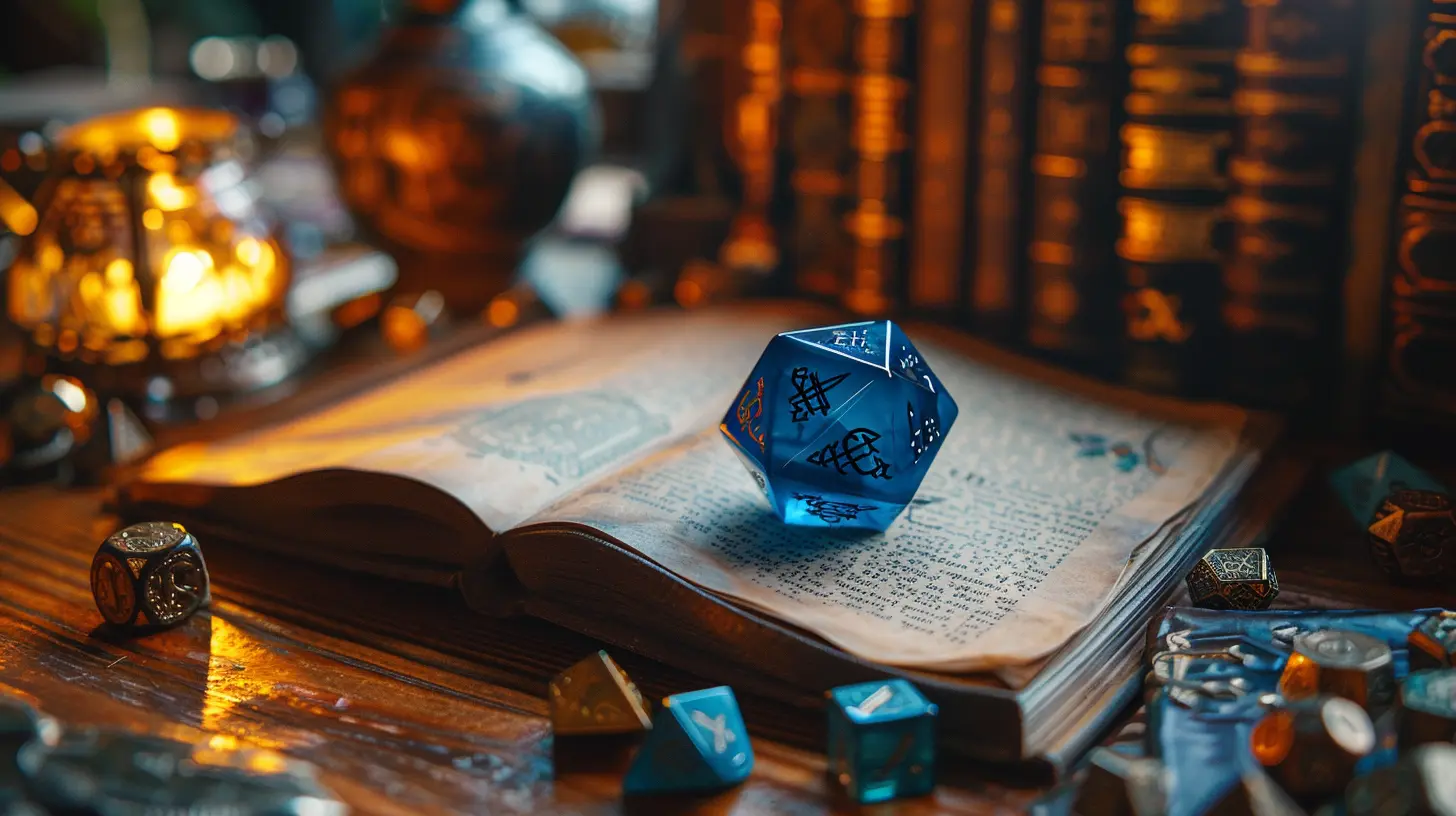
Rethinking Inventory Limits
Okay, it’s time to tackle the elephant in the room: inventory limits. Should they even exist?The answer is... it depends. Different types of RPGs have different needs.
- In open-world RPGs, limits can encourage thoughtful exploration and prevent players from hoarding. (Looking at you, Elder Scrolls fans.) But if the limits are too restrictive, they can feel suffocating.
- In dungeon crawlers or roguelikes, inventory limits add high-stakes decisions: Do I drop this legendary sword to make room for a health potion?
The trick is finding a system that suits your game’s tone and pacing. And don’t forget to offer players ways to break the rules—like rare upgrades or clever mechanics that let them carry more over time.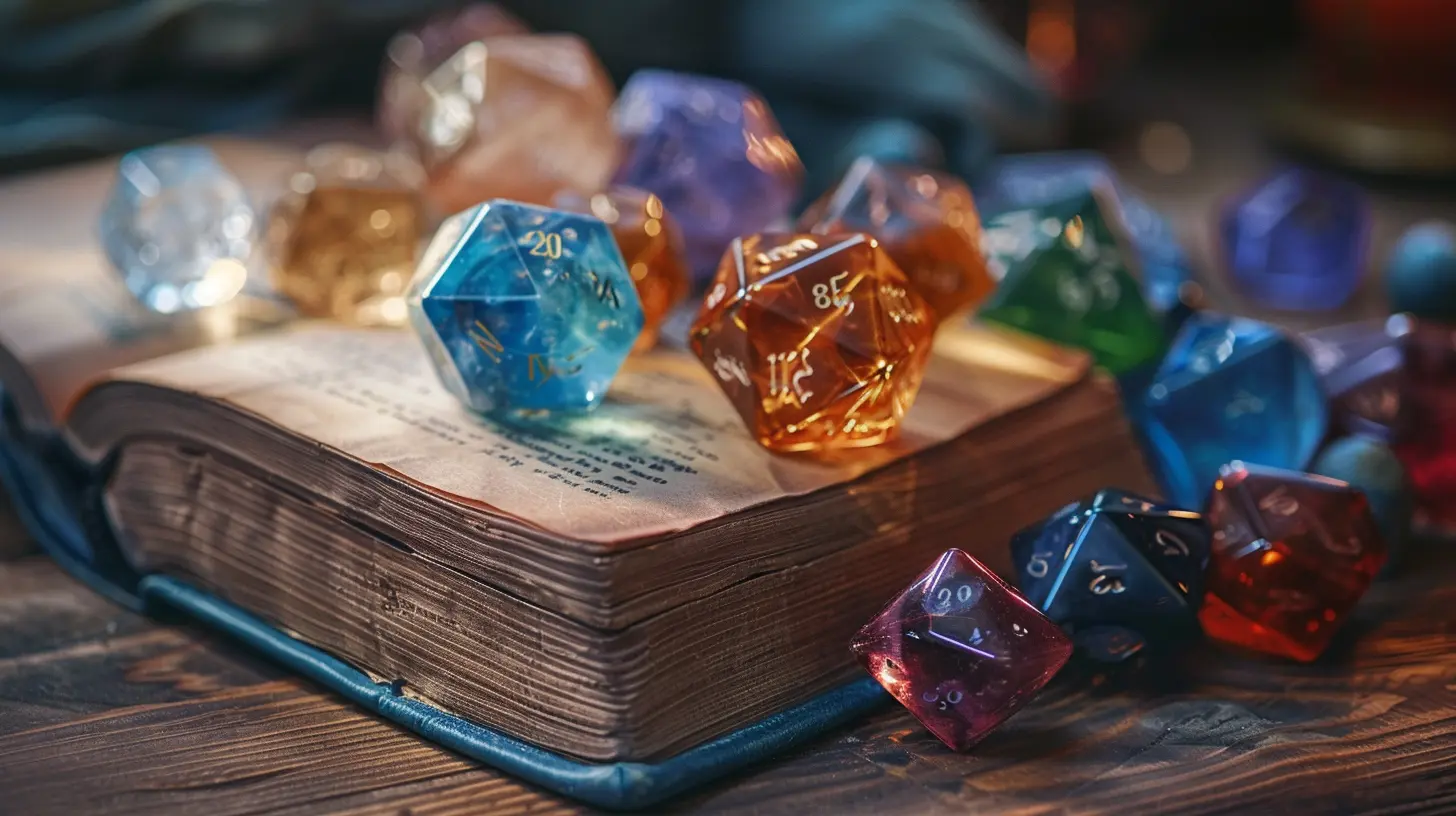
The Role of UI/UX in Inventory Design
No matter how brilliant your inventory system is on paper, if the user interface (UI) or user experience (UX) is clunky, it’s game over.- Keep menus clean and uncluttered. Think minimalism, not chaos.
- Introduce drag-and-drop mechanics if possible—they’re intuitive and satisfying.
- Use visual storytelling—a glowing item stands out, a blood-stained sword feels ominous, etc.
Think of inventory UI as a well-organized closet. If you can find your favorite hoodie in five seconds flat, you’ve done it right.
Lessons From the Greats: RPGs That Nailed Inventories
Want to see some stellar inventories in action? Here are a few examples to inspire you:- The Witcher 3: Its grid-based system isn’t groundbreaking, but the flavor text and alchemy crafting made managing items feel rewarding.
- Resident Evil 4: The Tetris-style inventory system literally made organizing fun. Who knew arranging herbs and ammo could be so satisfying?
- Stardew Valley: Simple, accessible, and perfectly matched to the game’s laid-back vibe.
These games prove that there’s no “one-size-fits-all” solution. Different systems work for different purposes—and that’s okay.
Balancing Inventory for Multiplayer RPGs
When it comes to multiplayer RPGs or MMOs, inventory management introduces a whole new layer of complexity. Suddenly, it’s not just about balance—it’s also about fairness.- Avoid pay-to-win inventory expansions. Players hate it when they’re forced to spend real money for basic quality-of-life features.
- Ensure that loot-sharing systems are fair and transparent. Nobody wants to feel cheated because their teammate snatched up all the good stuff.
- Consider adding guild storage or shared inventories for team-based play.
In multiplayer games, your inventory can also encourage collaboration. How cool would it be if certain items could only be crafted by pooling resources with your squad?
Final Thoughts: The "Weight" of Responsibility
Crafting the perfect RPG inventory is no easy task. It’s a balancing act that requires equal parts creativity, practicality, and player empathy. Get it right, and it can elevate your game to legendary status. Get it wrong, and it might end up as just another Reddit rant.So, whether you’re designing your dream RPG or tweaking your existing campaign, remember this: inventories aren’t just menus. They’re opportunities to tell stories, reward players, and add a little extra magic to your game.
Now, go forth and create an inventory system that players will actually enjoy. And maybe—just maybe—leave a little extra room for the cheese wheels.
all images in this post were generated using AI tools
Category:
Role Playing GamesAuthor:

Madeleine McCaffrey
Discussion
rate this article
9 comments
Katherine Castillo
Balancing an RPG inventory is an art; it should enhance gameplay without overwhelming players. Prioritizing meaningful choices fosters engagement, while intuitive design keeps the experience enjoyable. Let creativity and strategy thrive together.
April 4, 2025 at 5:06 AM

Madeleine McCaffrey
Thank you for your insights! Striking that balance is indeed crucial for enhancing gameplay and ensuring player engagement. Your thoughts on prioritizing meaningful choices and intuitive design resonate well with our goals for crafting the perfect RPG inventory.
Fenn Wells
Great insights! Crafting a balanced inventory truly enhances the RPG experience. It's heartening to see how thoughtful design can bring joy to players, making every adventure memorable and engaging. Keep up the fantastic work!
February 25, 2025 at 6:08 AM

Madeleine McCaffrey
Thank you! I’m glad you found the insights valuable. A balanced inventory truly can elevate the RPG experience!
Harley Summers
“Crafting the perfect RPG inventory is like organizing your fridge—nobody wants to find a mysterious leftover from last month’s quest! Just remember, if you can’t carry it all, maybe leave that enchanted rubber chicken behind. It’s all about balance... and avoiding your DM’s eye-roll!”
February 23, 2025 at 5:18 PM

Madeleine McCaffrey
Absolutely! Balancing your RPG inventory is key to maintaining fun and avoiding clutter. Leave the quirky items behind unless they serve a purpose in your adventure!
Denise Cox
Great insights on RPG inventory design! Balancing functionality and fun is crucial to player engagement. I especially appreciated your suggestions on limiting item types to enhance decision-making. Looking forward to implementing these ideas in my next game project. Thanks for sharing!
February 22, 2025 at 5:36 AM

Madeleine McCaffrey
Thank you for your feedback! I'm glad you found the insights helpful. Best of luck with your game project—excited for you to implement these ideas!
Annette Williams
Unlock adventure: a well-crafted inventory transforms gameplay into magic!
February 19, 2025 at 4:39 AM

Madeleine McCaffrey
Thank you! A well-balanced inventory truly enhances the RPG experience, making adventures even more immersive and exciting.
Velma McFarlane
This guide highlights essential balance in RPG inventories, reminding us that player experience hinges on thoughtful design and meaningful choices.
February 17, 2025 at 4:09 AM

Madeleine McCaffrey
Thank you! I'm glad you found the guide valuable. Balancing inventory is indeed key to enhancing player experience!
Wendy Griffin
Sure, balance is key, but let's be real: I just want infinite health potions and a cool hat!
February 16, 2025 at 4:34 PM

Madeleine McCaffrey
Haha, I hear you! Who wouldn't want a stylish hat and endless potions? It's all about finding that fun balance!
Zelda McGehee
Crafting the perfect RPG inventory is like baking a cake: one too many ingredients, and you end up with a gooey mess instead of a slice of fun!
February 15, 2025 at 4:32 PM

Madeleine McCaffrey
Absolutely! Striking the right balance in RPG inventory design is crucial for keeping gameplay enjoyable and engaging. Too many items can overwhelm players, just like an overcomplicated cake can spoil the taste!
Thaddeus Ellison
This article brilliantly captures the essence of RPG inventory design! Striking the right balance between complexity and accessibility is crucial for enhancing player engagement. The tips provided are not only practical but also encourage creativity. A must-read for developers seeking to elevate their game's experience! Well done!
February 13, 2025 at 3:34 PM

Madeleine McCaffrey
Thank you for your kind words! I'm glad you found the tips valuable for enhancing RPG inventory design. Happy game developing!
MORE POSTS

How to Maximize Your Xbox Series X’s Performance

How Virtual Reality Could Revolutionize the Future of E-Sports

Early Access Games That Reinvented Themselves After Player Feedback

Breaking into the World of PC Game Development
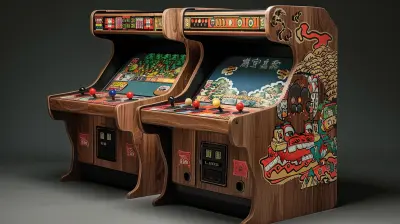
Retro Arcade Cabinets: Why They Still Hold Their Value

Exploring the Value of Xbox Live Gold: Is It Still Essential?
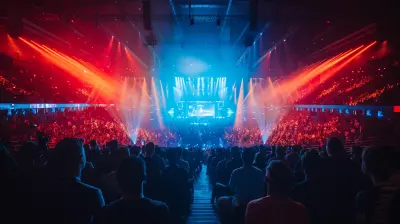
Esports vs. Traditional Sports: How Gaming Tournaments Are Setting New Standards